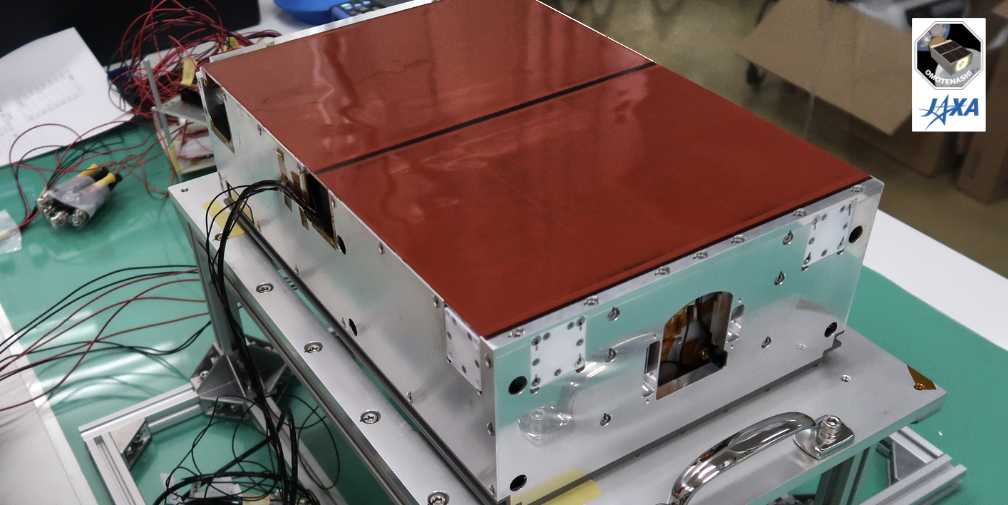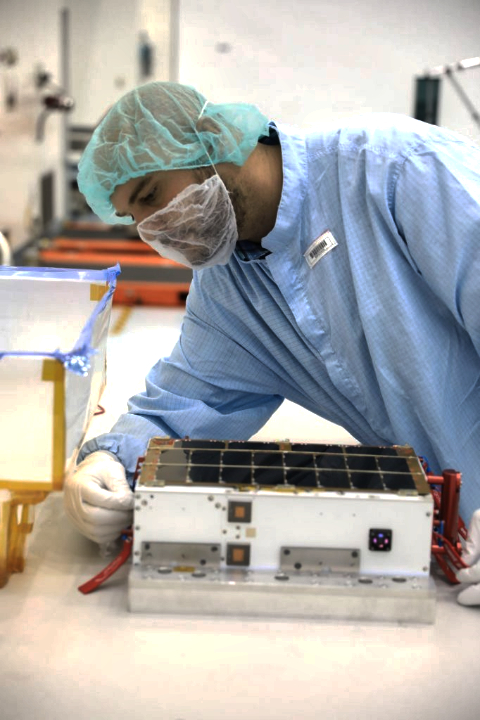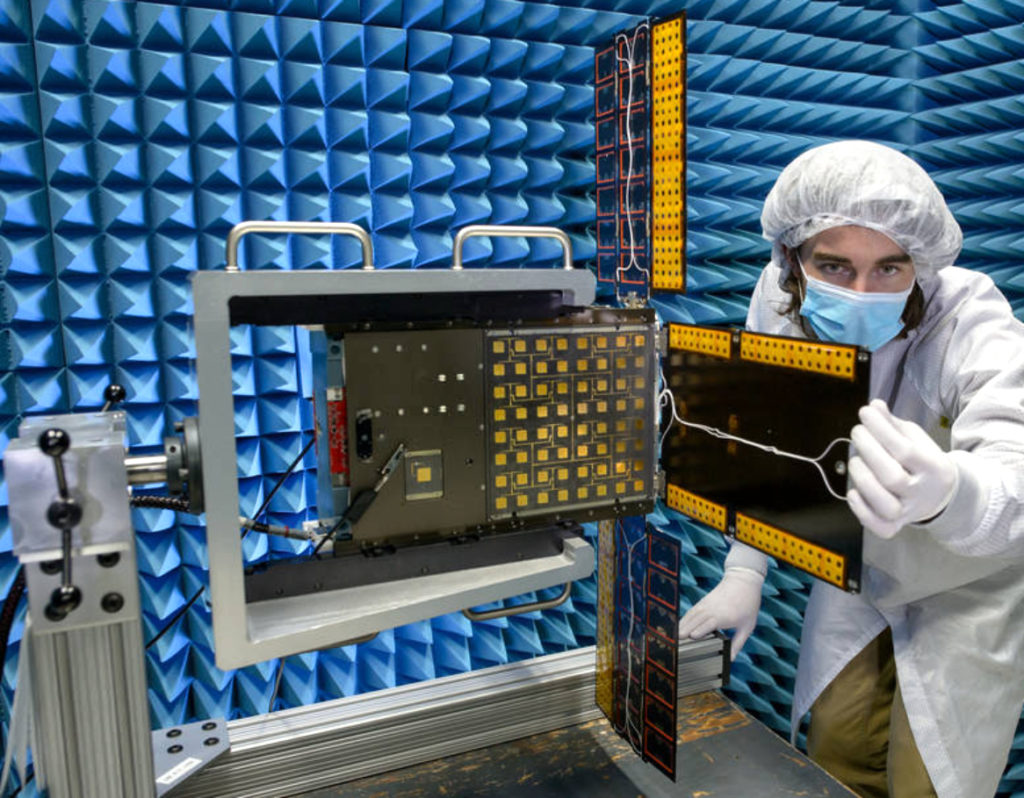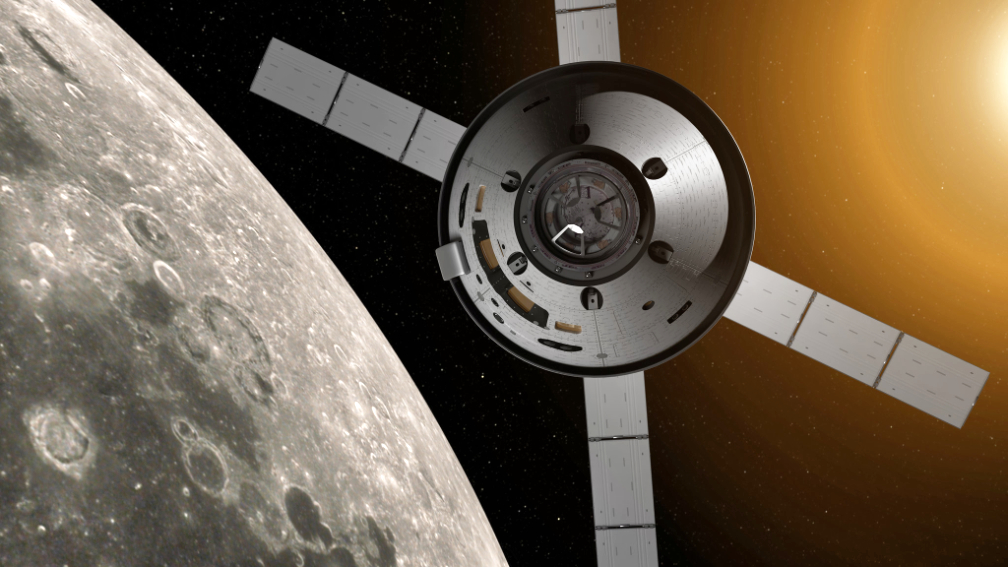Two more secondary payloads that will travel to deep space on NASA’s Artemis I mission were integrated for launch on July 23 and another payload is ready for installation at the Kennedy Space Center in Florida.
These cubesats are roughly the size of a large shoe box and weigh no more than 30 pounds. Despite their small size, they enable science and technology experiments that may enhance our understanding of the deep space environment, expand our knowledge of the Moon, and demonstrate new technologies that could be used on future missions.

OMOTENASHI and ArgoMoon, which will both study the Moon, were integrated with their dispensers and installed on the Orion stage adapter along with seven other payloads for the Space Launch System (SLS) rocket’s first flight.

OMOTENASHI was developed by the Japan Aerospace Exploration Agency (JAXA). While OMOTENASHI is one of several Artemis I secondary payloads that are studying the Moon, it is the only one that will conduct a controlled landing on the Moon’s surface. Its primary objective is to test the technologies and trajectory maneuvers that allow a small lander to land on the Moon while keeping its systems – including power, communication, and propulsion systems – intact.

Testing these systems around and on the Moon can help with development of similar small landers that could explore other planets. The spacecraft will also measure the radiation environment beyond LEO, providing data that will help develop technologies to manage radiation exposure for human exploration. If successful, OMOTENASHI will be the smallest spacecraft ever to land on the lunar surface and will mark Japan as the fourth nation to successfully land on the Moon.

ArgoMoon, developed by Italian company Argotec and sponsored by Agenzia Spaziale Italiana (ASI), Italy’s national space agency, was prepared for launch at NASA’s Kennedy Space Center in Florida. The smallsat was installed in the Space Launch System Orion stage adapter, where it will ride to space during the Artemis I mission.

The cubesat will use high-definition cameras and advanced imaging software to record images of the ICPS and later of the Earth and the Moon for historical documentation, provide mission data on the deployment of other smallsats and test optical communication capabilities between the smallsat and Earth.
ArgoMoon will use a hybrid micropropulsion system (MiPS) that combines green mono-propellant and cold gas propulsion in a single system to provide attitude control and orbital maneuvering using a small amount of power.
The enhanced attitude capabilities are also used to run and validate artificial intelligence-based algorithms for autonomous Failure Detection, Isolation and Recovery systems that perform continuous monitoring of the health of the satellite to detect any potential fault. In the case of fault detection, this service performs several operations to solve the problem. If the fault is not recoverable, the satellite goes in safe mode, which means that only the functionalities to keep the satellite alive and to communicate with ground are used.
ArgoMoon’s mission is a forerunner of technologies for deep space application that can be used for inspection of satellites not originally designed to be serviced, without the involvement of the ground segment.
A third payload, the BioSentinel cubesat is the only cubesat that will contain a biological experiment on Artemis I and will be the first smallsat to support biological research in deep space. The team placed it in its dispenser for the flight, and to preserve its biological contents, the smallsat is being kept in a controlled environment at NASA’s Kennedy Space Center in Florida. At a date closer to launch, it will be placed in the Orion stage adapter.

BioSentinel will be the first long-duration biology experiment to take place in deep space and will be among the first studies of the biological response to space radiation outside LEO in nearly 50 years. Its primary objective is to measure the impact of space radiation on living organisms – in this case, yeast – over long durations beyond LEO.
The BioSentinel team prepares their cubesat to be the first long-duration biology experiment to take place in deep space, and the first study of the biological response to space radiation outside low-Earth orbit in nearly 50 years. The team placed the cubesat in its dispenser and to preserve its biological contents, it is being kept in a controlled environment at NASA’s Kennedy Space Center in Florida. It will be placed in the Orion stage adapter at date closer to launch.
Developed by NASA’s Ames Research Center in California’s Silicon Valley, BioSentinel will enter an orbit around the Sun via a lunar flyby. The experiment will use yeast as a “living radiation detector” to evaluate the effects of ambient space radiation on biology. Human cells and yeast cells have many similar biological mechanisms, including DNA damage and repair.

The payload carries dry yeast cells stored in microfluidic cards – custom hardware that allows for the controlled flow of extremely small volumes of liquids that will activate and sustain the yeast. These yeast-filled cards are situated alongside a physical radiation detection instrument – developed at NASA’s Johnson Space Center in Houston – that measures and characterizes the radiation environment. Results from the physical instrument will be compared to the payload’s biological response.
After completing a lunar flyby and spacecraft checkout, the yeast will be re-hydrated at various points during the six-month mission. As yeast cells activate in space, they will sense and respond to the radiation damage.
Experiments using the BioSentinel instruments will also take place on the International Space Station and on the ground to demonstrate how varied amounts of radiation affect the yeast. While Earth-bound research has helped identify some of the potential effects of space radiation on living organisms, no terrestrial source can fully simulate the unique radiation environment of deep space.
BioSentinel’s data will provide critical insight on the effects of deep space radiation on biology as NASA seeks to establish long-term human exploration of the Moon under Artemis and prepare us for human exploration on Mars.

SLS will launch America into a new era of exploration to destinations beyond LEO. On this first flight, NASA will demonstrate the rocket’s heavy-lift capability and send an uncrewed Orion spacecraft into deep space.

The agency is also taking advantage of additional available mass and space to provide the rare opportunity to send several cubesats to conduct science experiments and technology demonstrations in deep space. All smallsats are deployed after SLS completes its primary mission, launching the Orion spacecraft on a trajectory toward the Moon.
